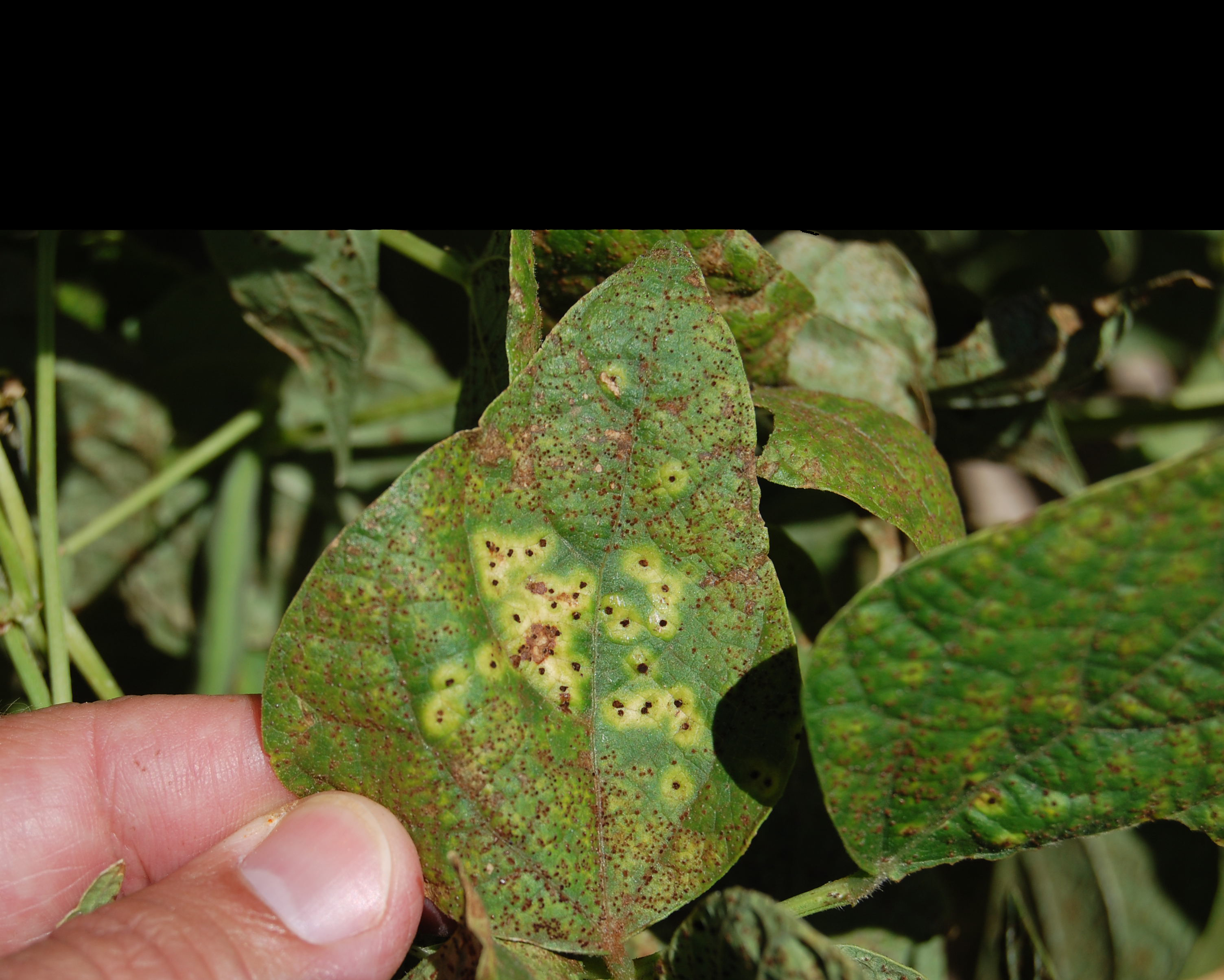By Robert Harveson, Extension Plant Pathologist
Pathogen
Curtobacterium flaccumfaciens pv. flaccumfaciens (Cff). Pathogen is gram positive, and is characterized by short pleomorphic rods that snap or bend during division. It is also aerobic and motile by one or a few polar flagella. Several pathogen color variants have been reported that produce yellow, orange, or purple pigments, both in culture and as agents staining seeds. The pathogen's host range in addition to common bean, include scarlet runner bean (Phaseolus coccineus), lima bean (P. lunatus), pea (Pisum sativa), soybean (Glycines max), Azuki bean (Vigna angularis) Willd. 0hwi & Ohashi, V. mungo(L.) Hepper, mung bean (V. radiata) L. R. Wilcz., hyacinth bean (Lablab purpureus), and cowpea (V. unguiculata).
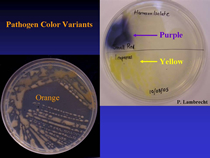
Disease Symptoms
Field symptoms consist of leaf wilting during periods of warm, dry weather or periods of moisture stress. Plants often recover during evening hours when temperatures are lower, but wilt again during the heat of the day. Infected plants in the Central High Plains have additionally exhibited symptoms consisting of wavy, interveinal, necrotic lesions surrounded by bright yellow borders. These symptoms may be confused with those caused by common bacterial blight pathogen, but bacterial wilt lesions are additionally accompanied by wilting and often mortality with severely infected plants. If plants survive to produce mature seed, they are often discolored as a result of bacterial infection and colonization, particularly in the white-seeded market classes such as navy and Great Northern.
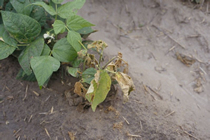
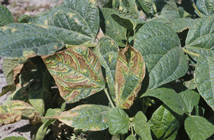
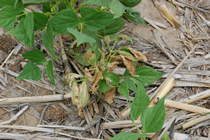
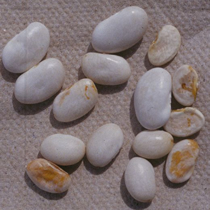
Favorable Environmental Conditions
The pathogen can be seed transmitted or overwinter in infected debris. Infections begin when the pathogen gains entrance to the vascular system through either seed infection or wounding in foliage and stems. The pathogen grows most rapidly at 100 F, and disease development is optimal during other periods of plant stress and when temperatures exceed 90 F with high levels of humidity.
Management
Genetic Resistance
The Great Northern cultivar "Emerson" is the only commercial cultivar with resistance to the pathogen available to producers. The University ofNebraska's Panhandle REC is currently working to develop new cultivars with high levels of resistance.
Cultural Practices
Numerous cultural practice will help to avoid losses due to wilt, including planting seed certified as disease free, rotating beans with other crops for two to three years, incorporating infected residues after the season, avoid re-using irrigation water, eliminating volunteers during growing season, stay out of beans fields when wet, do not plant beans close to recently infected fields, and avoid spreading straw from infested crops on new fields to be used for bean production.
Chemical/Biological Control
Seed may be treated with streptomycin, which will help to achieve better initial stands, but will not protect for the entire season. Consider using copper-based sprays during mid-vegetative or early flowering periods, depending upon weather conditions.
Links
For additional information, see the UNL Extension NebGuide, Bacterial Wilt of Dry Beans in Western Nebraska (G1562).
